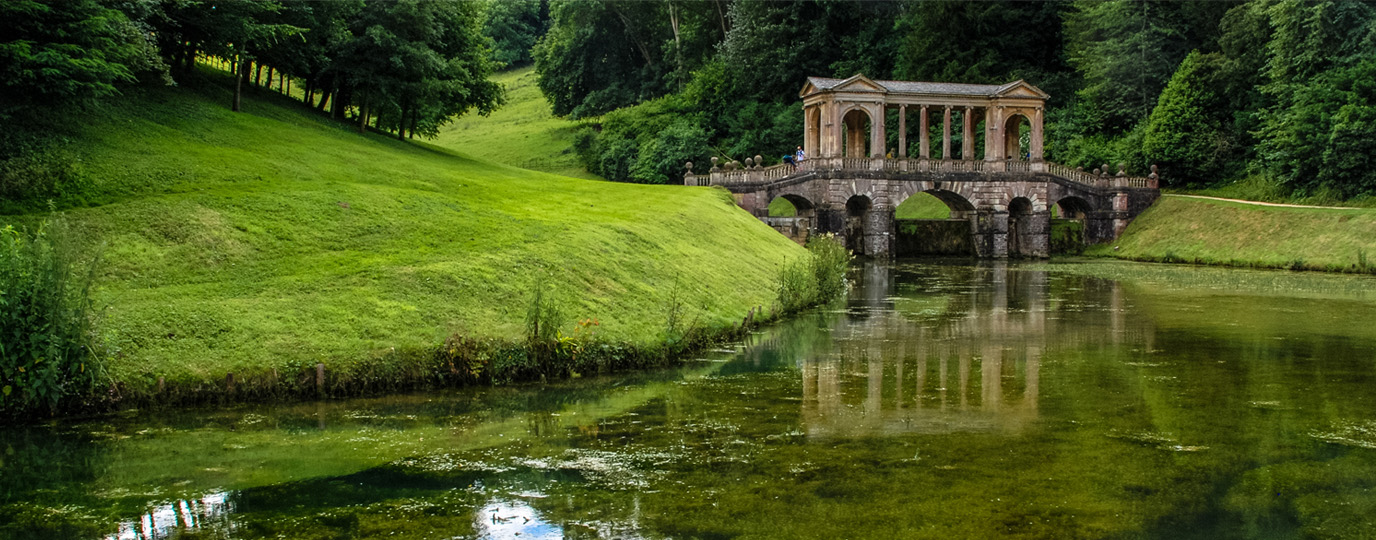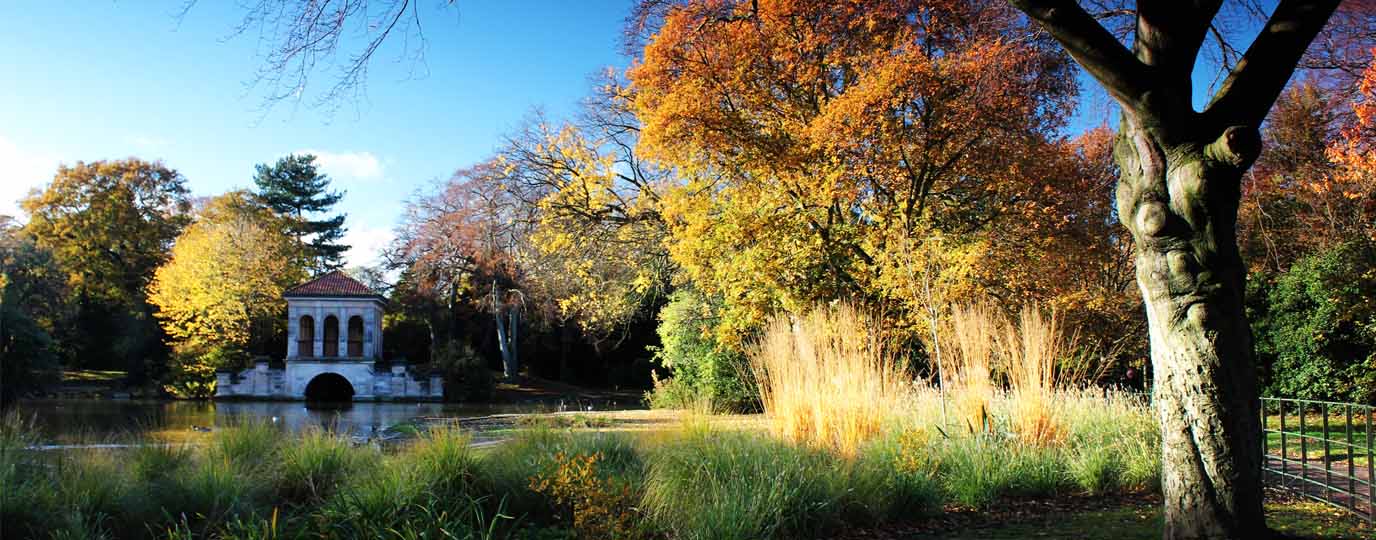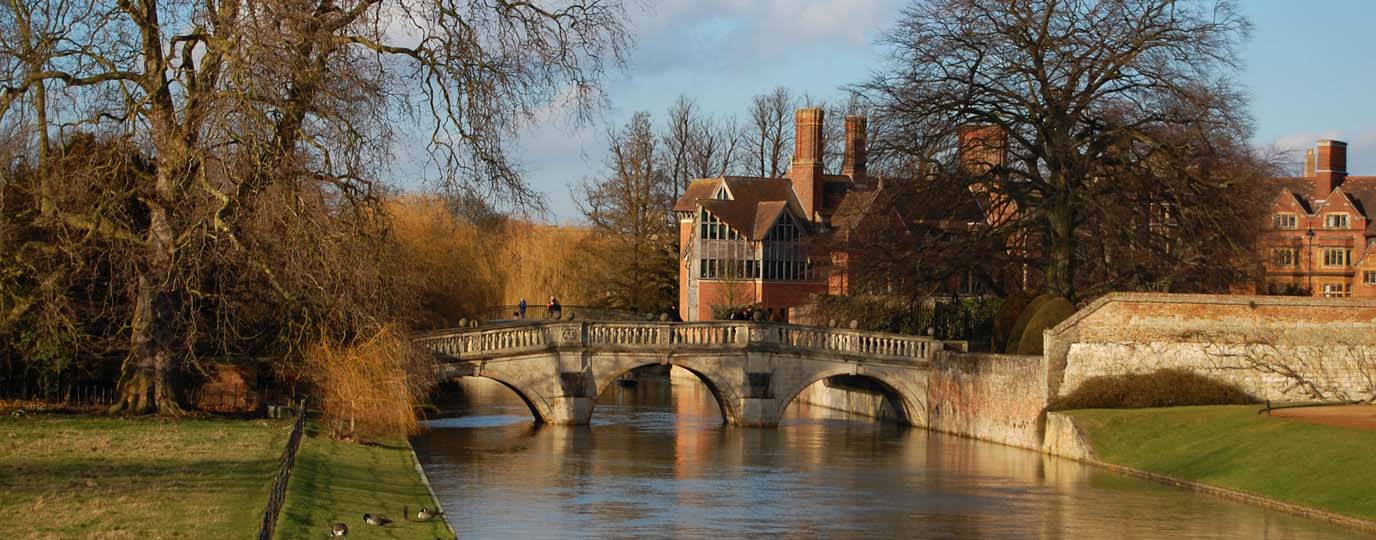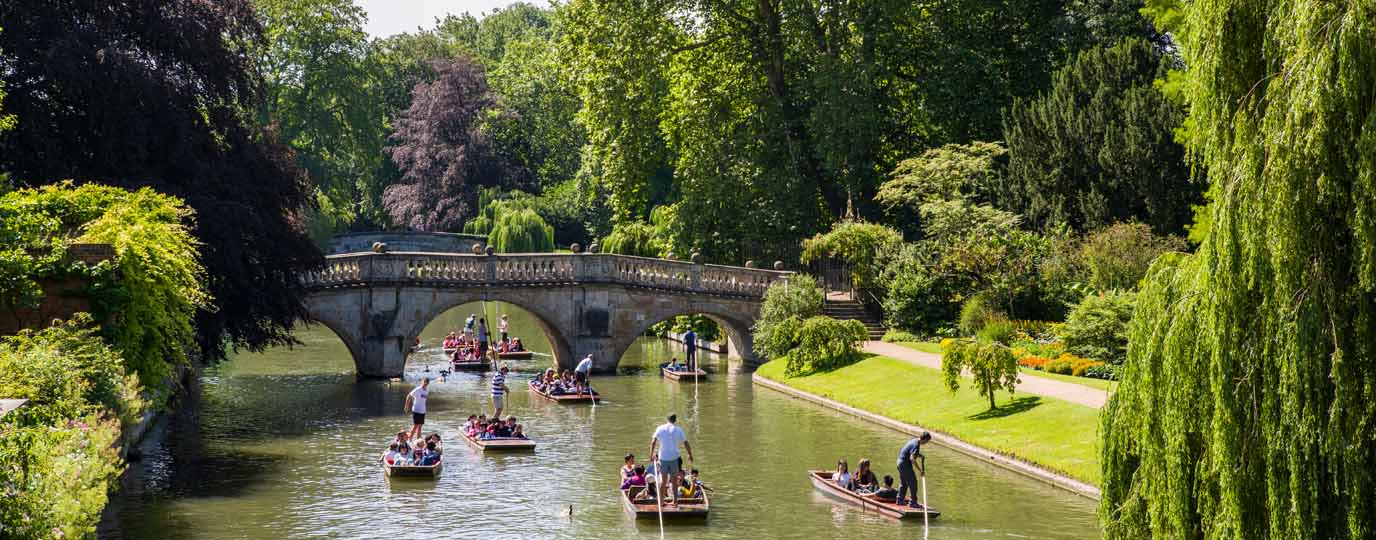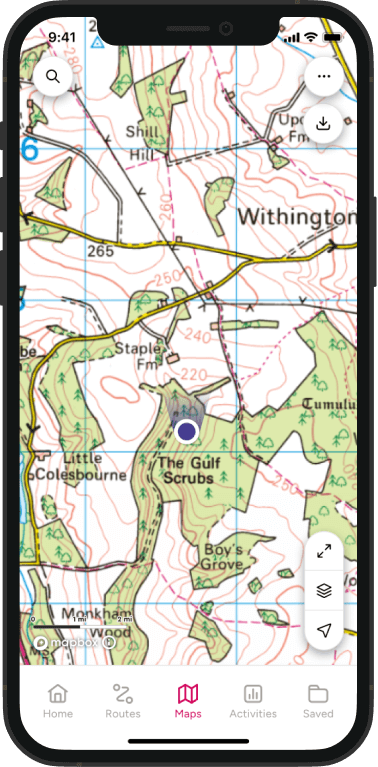City Strolls with a Countryside Feel
Exploring walks on your doorstep is one of the simplest ways to reconnect with nature and take a break from the pace of city life. Bath’s green spaces offer a refreshing contrast to its elegant Georgian architecture and bustling city centre, providing opportunities to walk through nature without going far from the urban environment.
From historic canals and landscaped gardens to panoramic hilltop walks and riverside retreats, these outdoor destinations invite you to slow down, breathe deeply, and reconnect with the natural world. Each location carries its own story and today they serve as peaceful sanctuaries for walking, wildlife spotting, and quiet reflection.
These walks are accessible by foot or public transport, making them ideal for spontaneous outings or regular routines. They’re perfect for walking meetings, lunchbreak breathers, or weekend strolls with friends.
If you’re unable to visit Bath, for similar walking inspiration in and around other city centres, take a look at other locations in our city walks series. Below are a few of the cities included in our series:
Where are the best city walks in Bath?
Royal Victoria Park
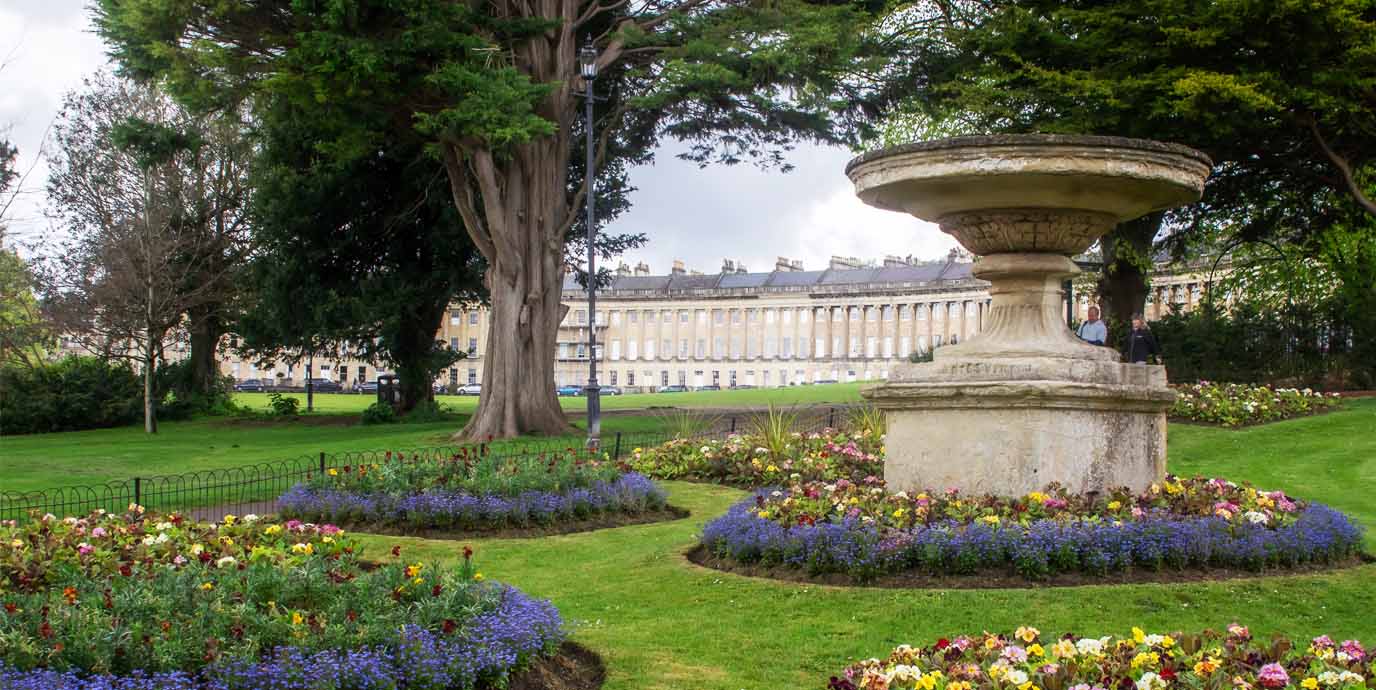
Nearest bus stop: Royal Avenue
Just a short walk from Bath’s historic centre, Royal Victoria Park offers a refreshing escape into nature, blending urban convenience with expansive green space.
Opened in 1830 by the young Princess Victoria, the park spans 57 acres and was one of the first public parks to bear her name. Its Victorian origins are evident in the formal botanical gardens and ornamental features, but today it’s a vibrant destination for outdoor recreation and relaxation. The park is open year-round and free to enter, making it an accessible haven for locals and visitors alike.
For those seeking fresh air and a break from city life, the park provides a variety of walking routes through wildflower meadows, tree-lined avenues, and the Great Dell, a wooded ravine with an aerial walkway. The backdrop of the Royal Crescent adds architectural grandeur to a stroll, while the botanical gardens offer seasonal colour and tranquillity.
Families can enjoy the large adventure playground, skateboard park, and mini golf, while others might opt for tennis, bowling, or simply a picnic on the lawns.
Kennet and Avon Canal
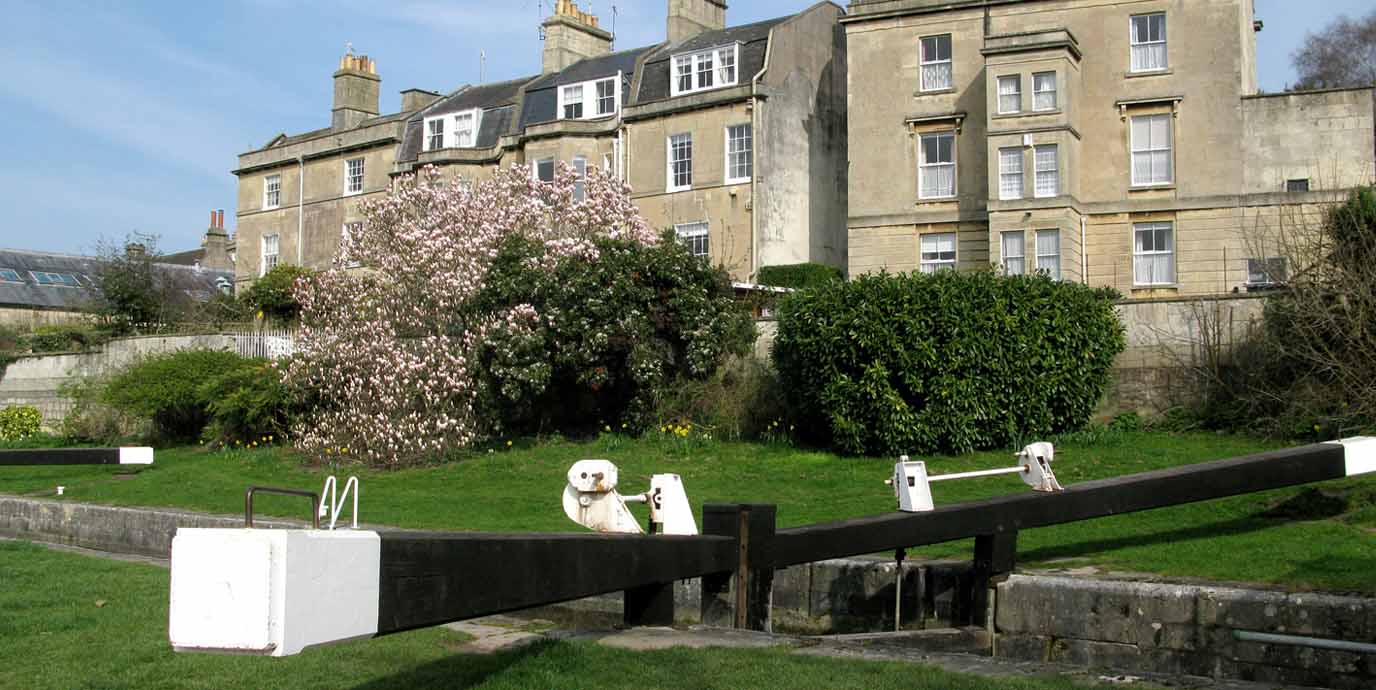
Nearest bus stop: Baptist Church (Bath Deep Lock)
Winding through the heart of Bath, the Kennet and Avon Canal offers a peaceful retreat from the city’s bustle.
Constructed between 1794 and 1810, the canal was originally designed to link the River Kennet at Newbury with the River Avon at Bath. It formed a vital trade route for goods like coal, timber, and flour. Though commercial use declined with the rise of the railways, the canal was restored in the late 20th century. It now serves as a scenic corridor for leisure and wildlife conservation.
The towpath along the canal is ideal for walking, running, or cycling, with flat terrain and views of Georgian architecture, narrowboats, and lush greenery. The Bath Deep Lock, the second deepest lock in Britain, is a highlight, offering a glimpse into the canal’s engineering heritage.
You can follow the path east toward Sydney Gardens or west toward the Dundas Aqueduct, enjoying tranquil waterside scenery and occasional heron sightings. It’s a perfect way to experience urban nature, breathe fresh air, and enjoy a slow walk just minutes from Bath Spa Station.
Bath Skyline
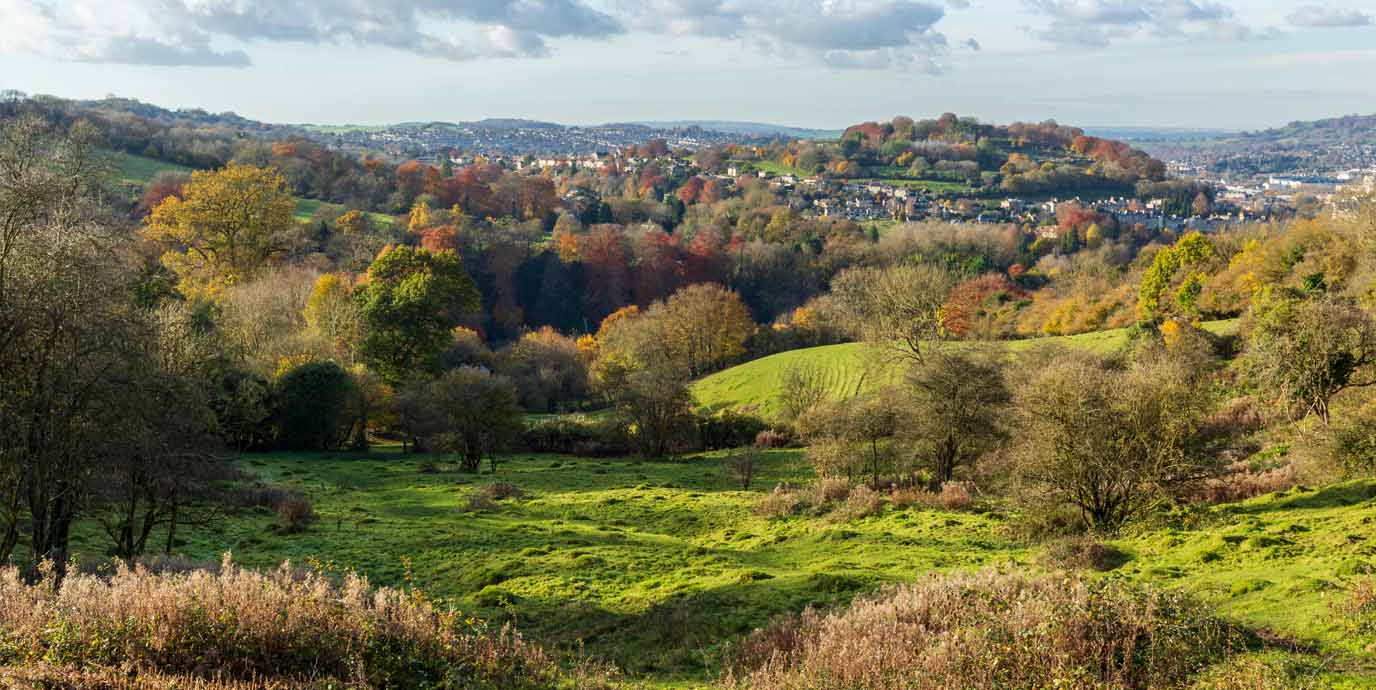
Nearest bus stop: Cleaveland Walk
Just minutes from Bath’s city centre, the circular Bath Skyline walking route offers a unique blend of nature, history, and panoramic views.
Managed by the National Trust, the Bath Skyline walk stretches roughly 6 miles (9.6 km) across elevated terrain to the east of the city. It passes through meadows, ancient woodlands, and landmarks such as Bathwick Hill and Smallcombe Cemetery. The trail’s elevated position provides sweeping vistas of Bath’s Georgian architecture nestled among tree-lined hills.
Ideal for those seeking fresh air and a break from urban life, the walk is moderately challenging, with varied terrain including surfaced paths, rocky sections, and steep hills. The route features clear signage and connects directly to Bath Spa Station, allowing easy access without needing a car.
Whether for a brisk hike or a leisurely stroll, the Bath Skyline walk is a perfect example of “countryside in the city,” offering a restorative outdoor experience within reach of urban Oxford-style living.
Bathampton Meadows
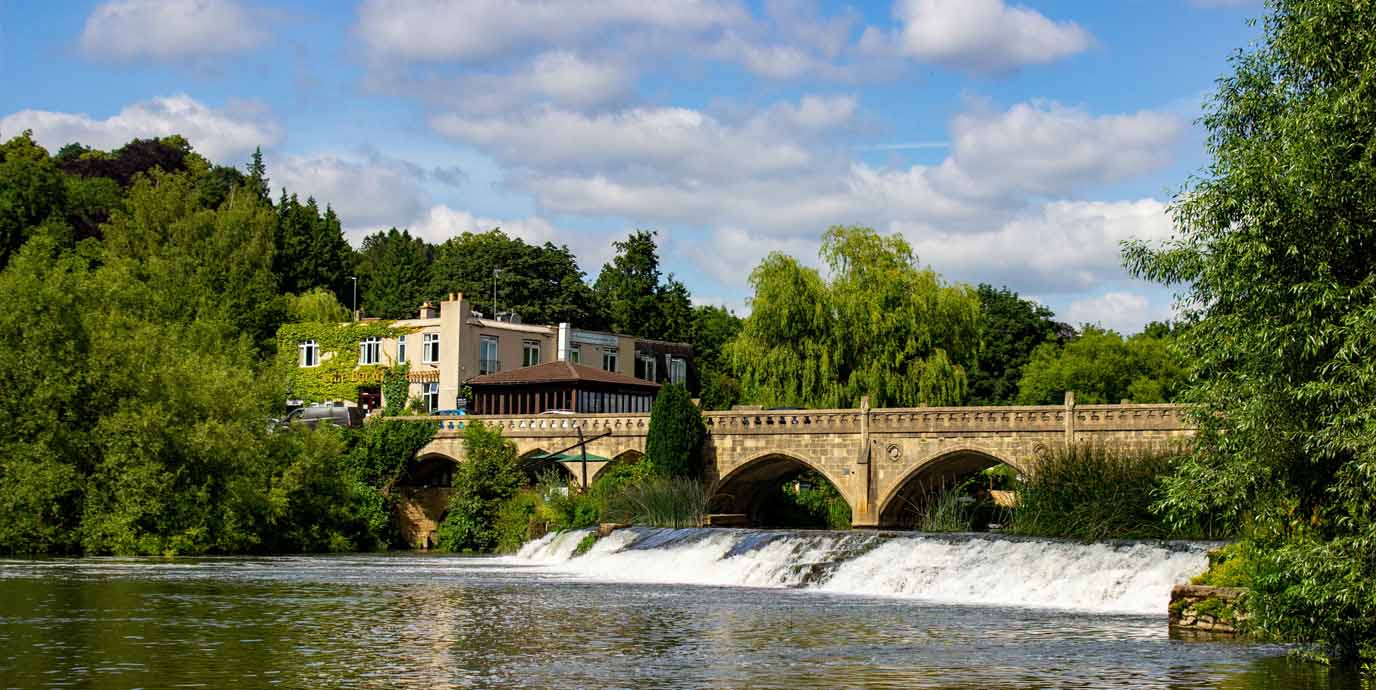
Nearest bus stop: St George’s Hill (Meadow Lane Canal Bridge)
Just east of Bath’s city centre, Bathampton Meadows expansive space offers a tranquil escape into nature and take a relaxing walk.
Managed by the National Trust, the meadows form a vital green corridor linking the city to the surrounding countryside. Historically, the meadows were part of a floodplain designed to protect Bath from extreme weather events. Today they serve both ecological and recreational purposes. The area is rich in wildflowers and home to diverse birdlife and insects, making it a haven for nature enthusiasts and walkers alike.
Outdoor activities here centre around walking and wildlife observation. You can follow the River Avon, pass Bathampton Manor, and connect to the Kennet and Avon Canal towpath. The route is mostly flat, dog-friendly, and ideal for a peaceful stroll, with views of the city and countryside blending seamlessly. Cyclists can also use shared paths, and birdwatchers often spot swans, ducks, and seasonal migrants. Although parts of the trail can be muddy in winter, spring and summer bring vibrant wildflowers and dragonflies.
Dundas Aqueduct
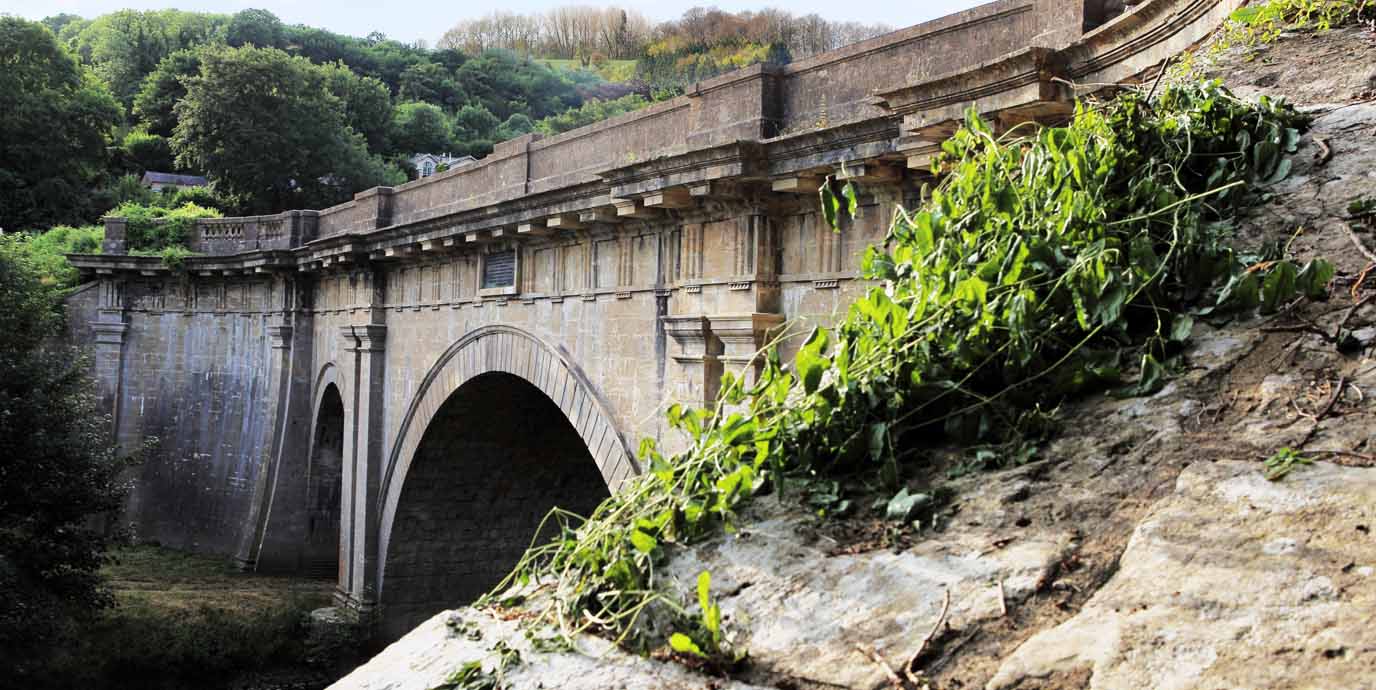
Nearest bus stop: Aqueduct
Just a few miles southeast of Bath, the Dundas Aqueduct offers a tranquil walk through nature and history.
Completed in 1805, this elegant stone structure was designed by John Rennie to carry the Kennet and Avon Canal over the River Avon and the Wessex Main Line railway. Built from Bath Stone with three graceful arches and Doric pilasters, the aqueduct gets its name from Charles Dundas, the first chairman of the Kennet and Avon Canal Company. As the first canal structure designated a Scheduled Ancient Monument in 1951, it holds significant historical value and remains a Grade I listed landmark.
The surrounding area is ideal for walking and enjoying fresh air away from the city. The canal towpath offers scenic views of the Somerset countryside. You can start their walk from Brassknocker Basin, where facilities include a café, cycle hire, and boat moorings. The path is well-maintained and suitable for prams and wheelchairs, making it accessible for all.
Whether watching narrowboats glide across the aqueduct or exploring nearby trails toward Avoncliff, the site provides a peaceful and picturesque way to experience urban nature.
Browne’s Folly
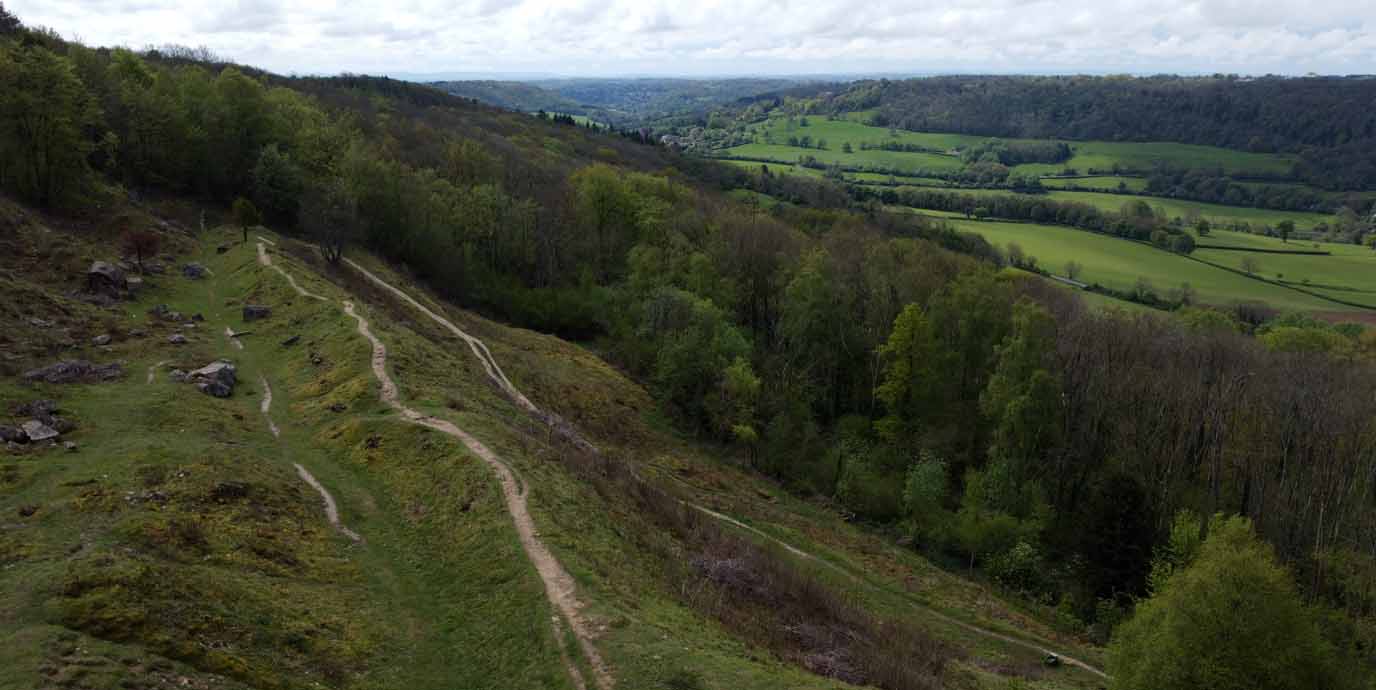
Nearest bus stop: Stone Wharf
Perched above the River Avon near Bathford, the Browne’s Folly nature reserve offers a rich blend of history, geology, and outdoor exploration.
The tower, built in 1848 by quarry owner Wade Browne, was intended both as a promotional structure for Bath Stone and a way to provide employment during economic downturns. Today, the surrounding area, designated a Site of Special Scientific Interest (SSSI), features ancient woodland, flower-rich grasslands, and remnants of old stone quarries that once supplied material for buildings like Buckingham Palace.
For those seeking fresh air and a break from city life, the walking trails around Browne’s Folly are ideal. Paths wind through beech and ash woods, past limestone outcrops and wildflower meadows, with panoramic views over Bath and the Avon Valley.
The reserve is home to rare orchids, butterflies, and six species of bats, including the greater horseshoe bat, which roosts in the disused mines. Walkers can start from Bathford and follow circular routes that vary in difficulty, with some steep and muddy sections.
Alexandra Park
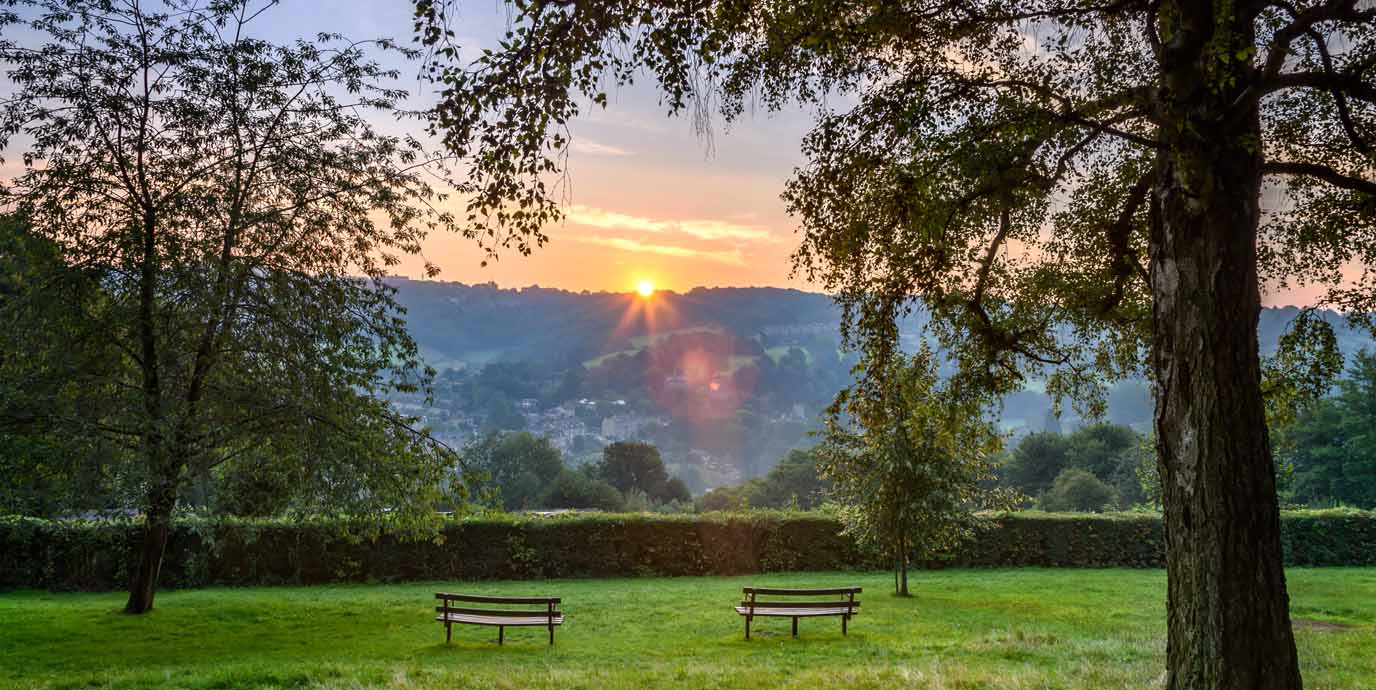
Nearest bus stop: Lyncombe Hill
Sat atop Beechen Cliff, Alexandra Park’s 11-acre green space offers one of the most breathtaking panoramic views of Bath.
Opened in 1902 to commemorate the coronation of Edward VII and named after Queen Alexandra, the park was developed as a public retreat from urban expansion. Its elevated position was deliberately chosen to preserve the scenic beauty of the area, and today it remains a tranquil vantage point over the city’s Georgian rooftops and surrounding hills.
Alexandra Park is ideal for those seeking fresh air and a peaceful walk away from the bustle of Bath’s city centre. You can reach it via Jacob’s Ladder, a steep flight of steps that climbs through woodland, or take a gentler route along Shakespeare Avenue.
Once at the top, the park offers well-maintained paths for walking and running, open lawns for picnicking, and recreational facilities including a children’s playground, bowling green, pétanque terrain, and outdoor table tennis.
Its connection to nearby trails and the Bath Skyline Walk makes it a perfect starting point for exploring urban nature.
Sham Castle
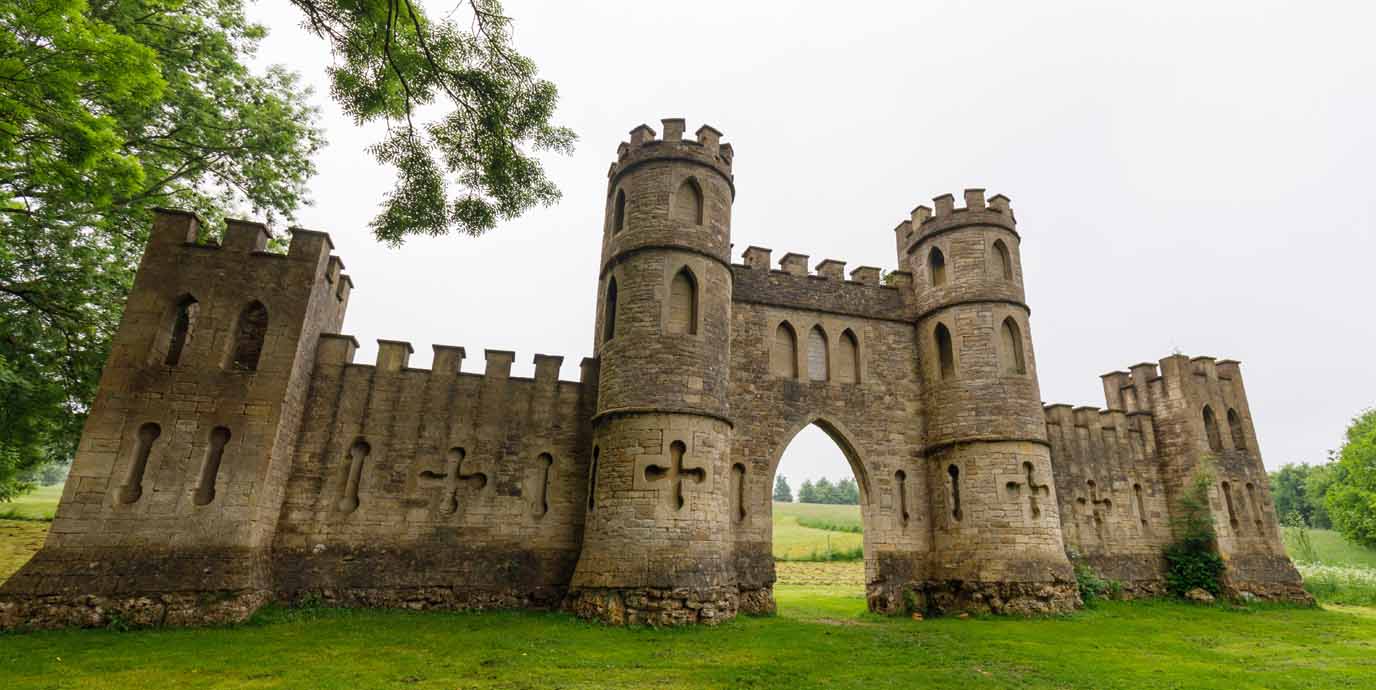
Nearest bus stop: Golf Course Road
High upon Claverton Down and overlooking the city of Bath, Sham Castle offers a unique blend of history and outdoor exploration.
Built in 1762 by master mason Richard James for local entrepreneur Ralph Allen, it was designed by Sanderson Miller as a folly, a decorative structure meant to enhance the view from Allen’s townhouse. Despite its medieval appearance, it’s not a true castle but a façade: a screen wall with a central arch flanked by turrets and towers. Its sole purpose was aesthetic, part of the 18th-century trend of romantic landscaping.
Today, the site is a popular destination for walkers and nature lovers seeking fresh air and panoramic views. Accessible via the Bath Skyline walk or a direct route from the city centre, the path to Sham Castle winds through wooded trails and open fields, offering glimpses of Bath’s Georgian architecture below.
The area is ideal for a short hike, a peaceful picnic, or simply sitting on a bench to take in the sunset. Its elevated position and tranquil surroundings make it a perfect spot to experience urban nature.
Warleigh Weir & the River Avon
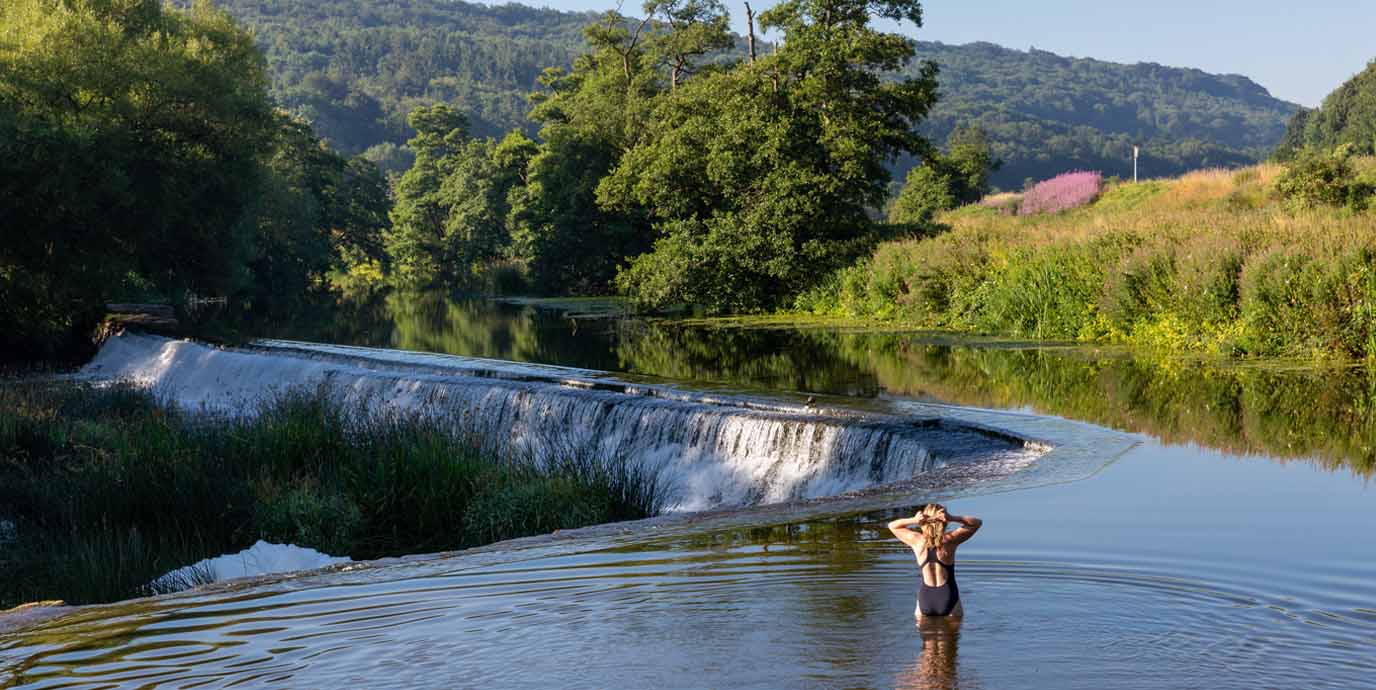
Nearest bus stop: Village (Claverton)
Just a few miles southeast of Bath’s city centre, the tranquil stretch of the River Avon with Warleigh Weir offers a refreshing escape into nature.
Originally constructed to power a grist mill at Claverton, the weir was raised in the early 1800s to support the Claverton Pumping Station, which still stands nearby as a historic site. The area around Warleigh Weir has long been popular for its scenic beauty and has become a well-known spot for wild swimming, though safety warnings are in place due to strong currents and the lack of lifeguards.
The walk to Warleigh Weir is part of the Kennet and Avon Canal path, making it ideal for walkers seeking fresh air and countryside views. Starting from Brassknocker Basin or Dundas Aqueduct, the route follows the canal past narrowboats, wildflowers, and wooded banks, with occasional glimpses of swans and herons. Open fields flank the weir, inviting picnics and relaxation, while nearby landmarks like the American Museum and Claverton Pumping Station add cultural interest.
Prior Park Landscape Garden
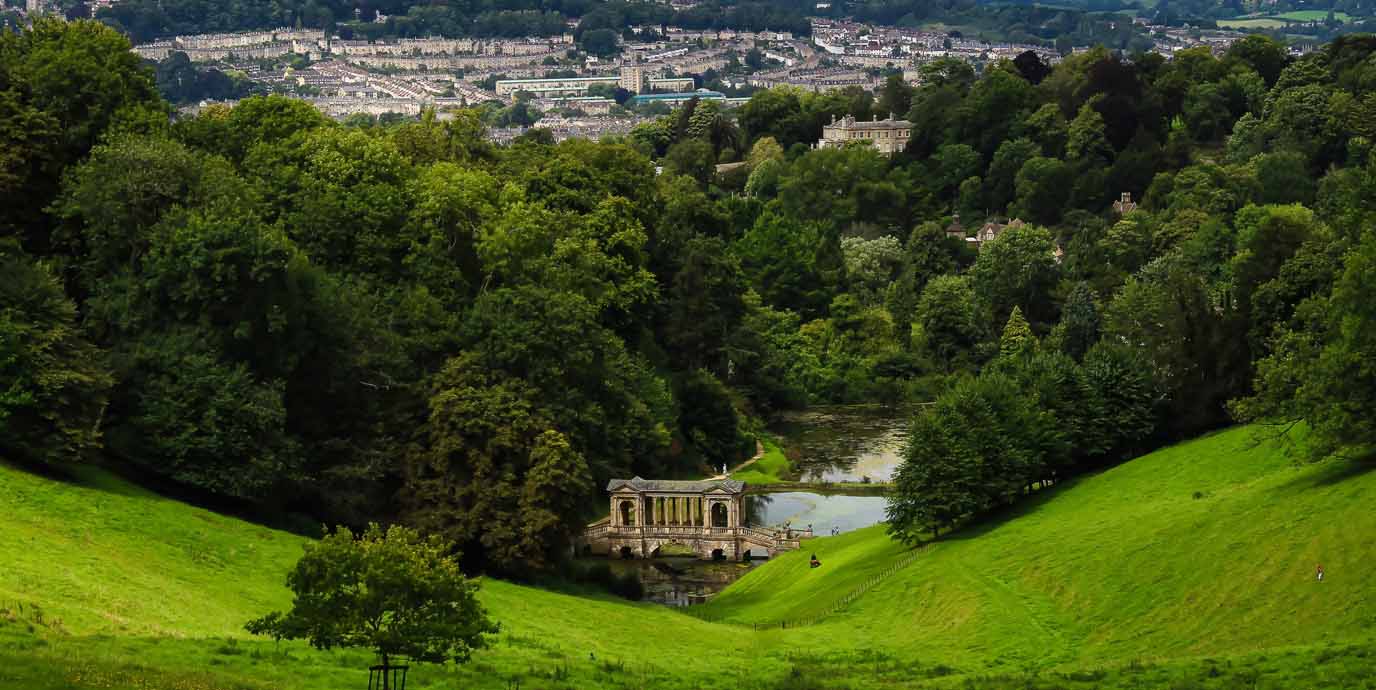
Nearest bus stop: Prior Park Gardens
Set in a steep valley just outside Bath’s city centre, the 18th-century Prior Park Landscape Garden offers a serene escape into nature with sweeping views over the city.
Originally part of a medieval deer park, the grounds were transformed in the 1730s by Ralph Allen, a local entrepreneur and philanthropist. With design input from poet Alexander Pope and famed landscape gardener Capability Brown, the garden became a showcase of the English landscape style, an approach that mimics natural scenery with rolling lawns, scattered trees, and reflective lakes. The centrepiece is the Palladian Bridge, built in 1755, one of only four of its kind in the world, designed to frame views and serve as a focal point rather than a functional crossing.
Today, you can explore the 28-acre site via winding paths that lead through woodland, past water features, and across open meadows. The National Trust manages the garden and provides footpath access from Bath Spa Station. Be aware, the route includes a steep uphill climb. Once inside, the layout encourages slow, contemplative walking, with benches placed to enjoy views and shaded areas ideal for picnicking. The site connects with the Bath Skyline trail, allowing for extended walks through surrounding countryside.

Where can you find more nature walks in Bath?
This list highlights just a few of the natural places you can explore in and around Bath, but many more await discovery. If you’re seeking further inspiration, try venturing into some lesser-known but equally rewarding green spaces, such as:
- Bristol and Bath Railway Path – A scenic, traffic-free walking and cycling route linking Bath to Bristol through green corridors and quiet countryside.
- Botanical Gardens – A peaceful haven in Royal Victoria Park showcasing diverse plant collections and seasonal colour, ideal for gentle strolls.
- Primrose Hill Community Woodland – A locally managed woodland offering short trails, wildlife spotting, and views over Bath’s southern slopes.
- Henrietta Park – A tranquil city-centre park with formal gardens, shaded paths, and benches perfect for quiet reflection or a lunch break walk.
- Two Tunnels Greenway – A unique walking and cycling route through historic railway tunnels and open countryside, connecting Bath to Midford
Do you want to go a little further than Bath for a walk?
Beyond Bath, Somerset has countless outdoor opportunities for those seeking their next adventure. If you’re looking to step from a city stroll into a countryside hike, prepare yourself and take a look at our suggestions for inspiration of where to go:
- Cheddar Gorge – A dramatic limestone gorge offering cliff-top walks, cave tours, and sweeping views of Somerset’s rugged landscape.
- The Cotswolds – A vast Area of Outstanding Natural Beauty with rolling hills, stone villages, and countless walking trails through pastoral countryside.
- Mendip Hills National Landscape – A scenic upland area ideal for hiking, with open moorland, wooded valleys, and panoramic views across the West Country.
